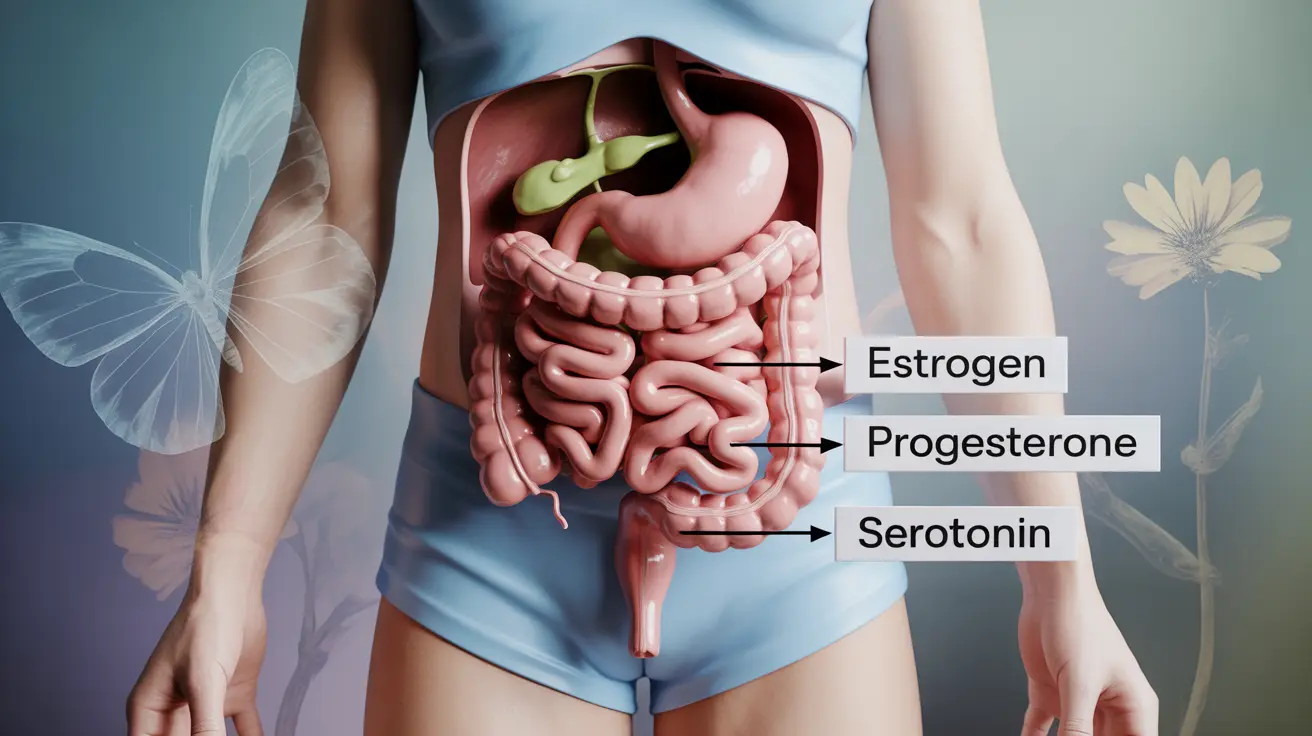Smoking and anemia represent two serious health concerns that, when combined, can create a particularly dangerous cycle for your overall well-being. While many people understand that smoking damages the lungs and cardiovascular system, fewer realize how cigarette use can significantly worsen anemia or even contribute to its development.
Understanding the relationship between smoking and anemia is crucial for anyone dealing with blood disorders or considering the full scope of smoking's health impacts. This connection involves complex interactions between toxic compounds in cigarettes, nutrient absorption, and the body's ability to produce and maintain healthy red blood cells.
How Smoking Interferes with Iron Absorption and Blood Health
Smoking creates multiple barriers to proper iron absorption, which is essential for preventing and managing anemia. The toxic chemicals in cigarettes, including nicotine and carbon monoxide, directly interfere with the digestive system's ability to absorb iron from food sources.
When you smoke, the carbon monoxide in cigarettes binds to hemoglobin more readily than oxygen does, forming carboxyhemoglobin. This compound cannot carry oxygen effectively, reducing your blood's oxygen-carrying capacity even when your iron levels might be adequate. This process essentially mimics or worsens the symptoms of anemia, even in people with normal iron stores.
Additionally, smoking increases inflammation throughout the body, including in the gastrointestinal tract. This chronic inflammation can damage the intestinal lining where iron absorption primarily occurs, making it even more difficult for your body to utilize dietary iron effectively.
The Impact of Smoking on Hemoglobin Detection and Levels
One of the most concerning aspects of the smoking-anemia relationship is how smoking can mask true anemia during medical testing. Smokers often show falsely elevated hemoglobin levels due to the body's compensation mechanism for chronic carbon monoxide exposure.
When exposed to carbon monoxide regularly, the body attempts to compensate by producing more red blood cells to improve oxygen delivery. This results in higher hemoglobin readings that may hide underlying iron deficiency or other forms of anemia. Healthcare providers must account for smoking status when interpreting blood test results to ensure accurate diagnosis.
The elevated hemoglobin levels in smokers don't translate to better oxygen delivery, however. The quality of these red blood cells is compromised, and their ability to transport oxygen remains impaired due to carbon monoxide interference.
Long-term Risk of Iron Deficiency Anemia in Smokers
Chronic smoking significantly increases the risk of developing iron deficiency anemia over time through several mechanisms. The persistent interference with iron absorption creates a gradual depletion of iron stores, even when dietary intake appears adequate.
Smokers also tend to have poor dietary habits overall, often consuming less iron-rich foods and more processed foods with poor nutritional value. This combination of reduced absorption and potentially inadequate intake creates a perfect storm for iron deficiency development.
Furthermore, smoking increases the body's metabolic demands and oxidative stress, requiring more nutrients to maintain normal function. This increased demand, coupled with decreased absorption, accelerates the progression toward anemia.
Essential Nutrients Depleted by Smoking
Beyond iron, smoking depletes numerous nutrients essential for healthy blood production and maintenance. Vitamin C, crucial for iron absorption, is rapidly depleted by smoking, with smokers requiring nearly twice the recommended daily intake to maintain adequate levels.
B vitamins, particularly B12 and folate, are also affected by smoking. These nutrients are essential for red blood cell formation, and their deficiency can lead to megaloblastic anemia. Smoking interferes with the absorption and utilization of these vitamins, compounding the risk of multiple types of anemia.
Vitamin E and other antioxidants are consumed at higher rates in smokers due to increased oxidative stress. These nutrients help protect red blood cells from damage and support their longevity in circulation.
Strategies for Smokers to Reduce Anemia Risk
While quitting smoking remains the most effective strategy for reducing anemia risk, smokers can take several steps to minimize damage while working toward cessation. Increasing dietary iron intake through lean meats, leafy greens, and iron-fortified foods can help offset absorption problems.
Pairing iron-rich foods with vitamin C sources like citrus fruits, tomatoes, or bell peppers can enhance absorption despite smoking's interference. Avoiding coffee, tea, and dairy products around mealtimes can also improve iron uptake.
Taking targeted supplements under medical supervision may be necessary for smokers with existing anemia. However, supplementation should always be guided by blood testing and professional medical advice, as excess iron can be harmful.
Regular monitoring of blood levels is essential for smokers, particularly those with risk factors for anemia. Healthcare providers can adjust interpretation of results based on smoking status and recommend appropriate interventions.
Frequently Asked Questions
Does smoking make anemia worse by interfering with iron absorption?
Yes, smoking significantly interferes with iron absorption through multiple mechanisms. The toxic chemicals in cigarettes damage the intestinal lining where iron absorption occurs, while chronic inflammation further impairs the body's ability to utilize dietary iron. Carbon monoxide also binds to hemoglobin, reducing the blood's oxygen-carrying capacity regardless of iron levels.
How does smoking affect hemoglobin levels and the detection of anemia?
Smoking can cause falsely elevated hemoglobin levels, potentially masking underlying anemia during blood tests. The body compensates for chronic carbon monoxide exposure by producing more red blood cells, leading to higher hemoglobin readings. However, these elevated levels don't improve oxygen delivery since carbon monoxide interferes with hemoglobin's ability to carry oxygen effectively.
Can smoking cause iron deficiency anemia or increase the risk over time?
Yes, chronic smoking significantly increases the risk of developing iron deficiency anemia over time. Smoking impairs iron absorption, depletes essential nutrients needed for blood production, and increases the body's metabolic demands. Combined with often poor dietary habits among smokers, these factors create a gradual depletion of iron stores that can progress to anemia.
What nutrients are depleted by smoking that contribute to anemia?
Smoking depletes multiple nutrients essential for healthy blood production, including iron, vitamin C, B vitamins (especially B12 and folate), and antioxidants like vitamin E. Vitamin C depletion is particularly problematic since it's crucial for iron absorption. B vitamin deficiencies can lead to megaloblastic anemia, while antioxidant depletion increases red blood cell damage.
How can smokers reduce their risk of anemia or manage symptoms related to blood health?
Smokers can reduce anemia risk by increasing dietary iron intake through lean meats and leafy greens, pairing iron-rich foods with vitamin C sources, avoiding absorption inhibitors like coffee during meals, and considering targeted supplementation under medical supervision. Regular blood monitoring is essential, and ultimately, quitting smoking provides the greatest benefit for blood health and overall well-being.




